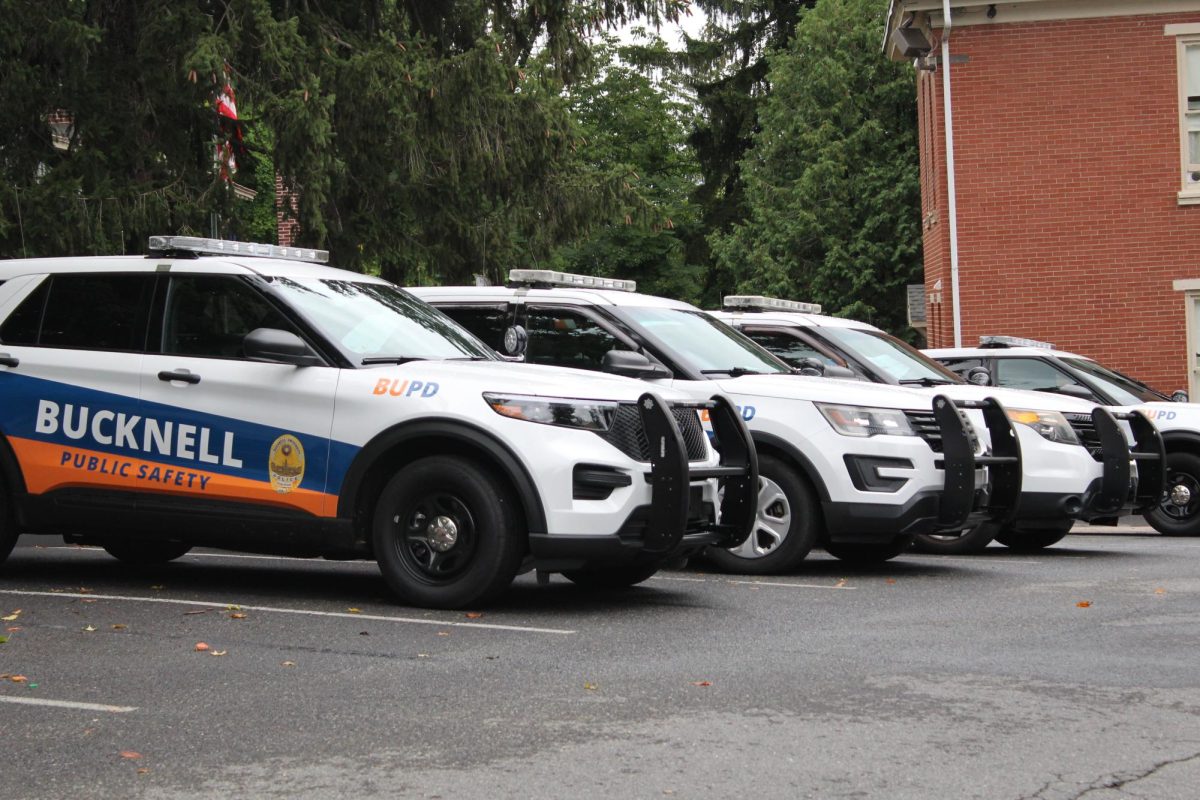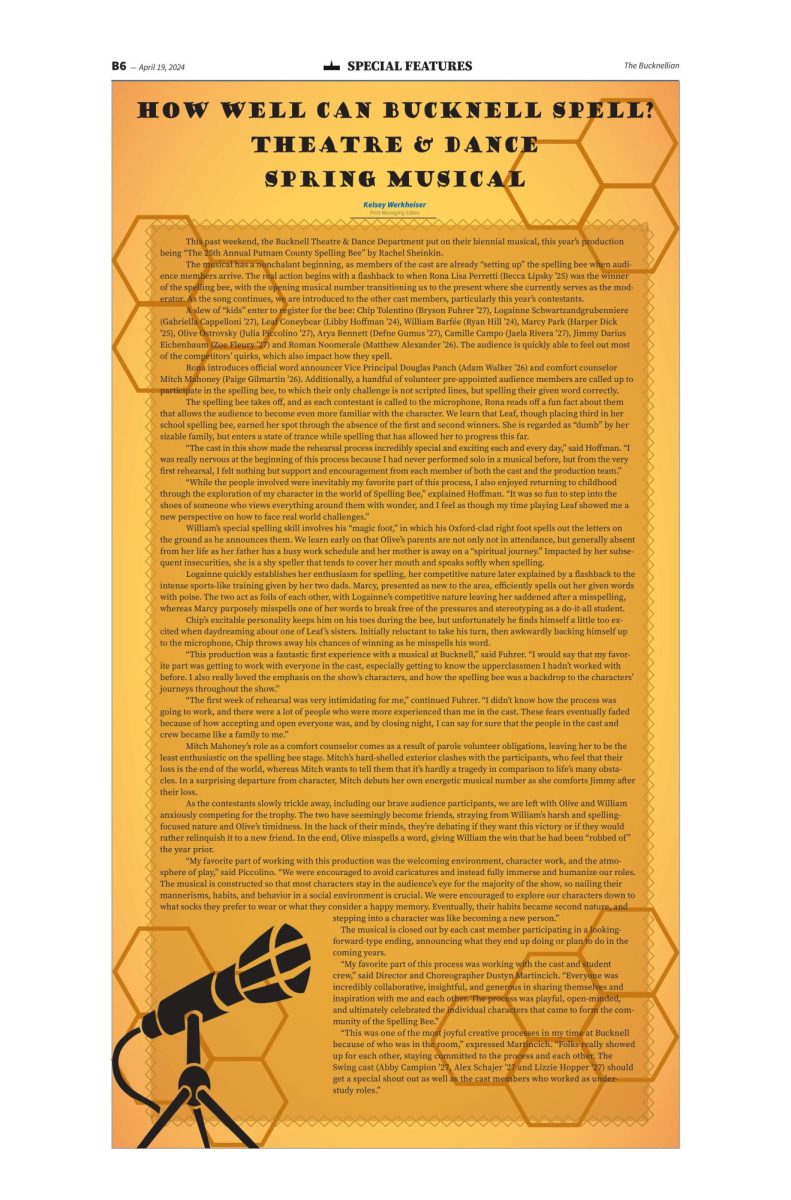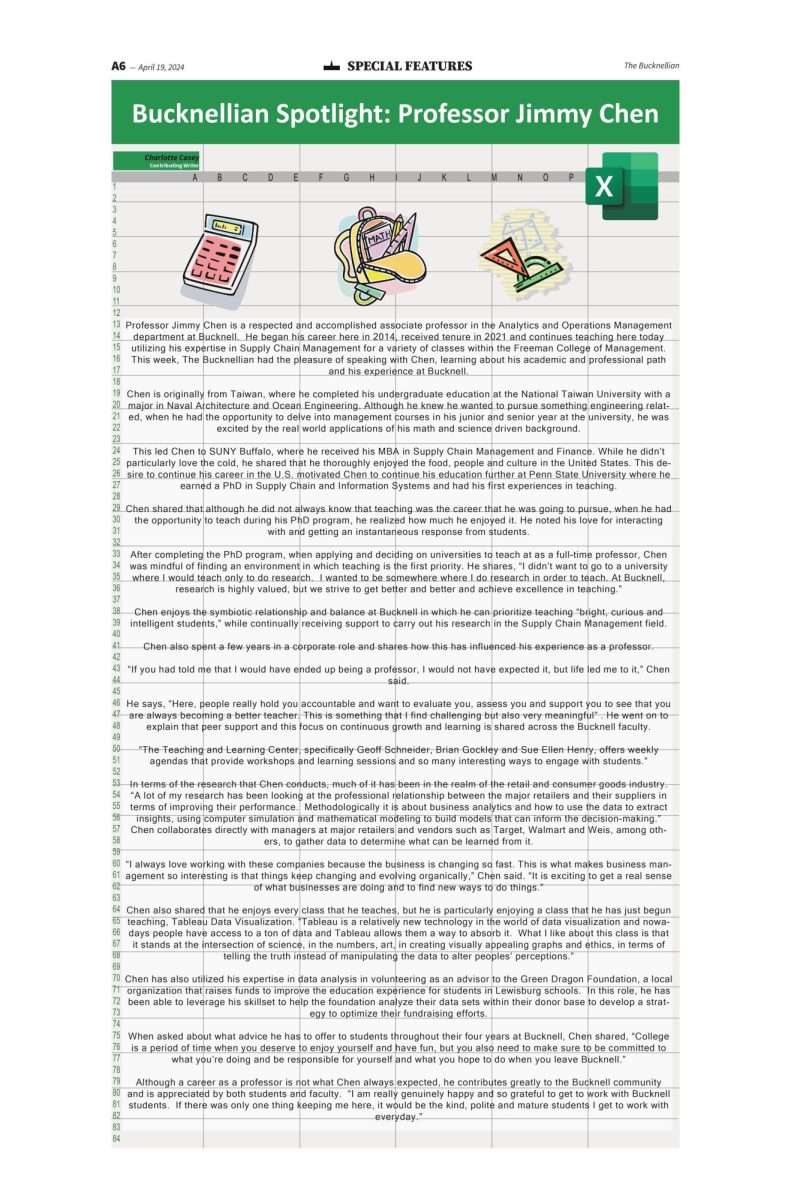Daylight savings time
November 3, 2021
Daylight Savings Time ends on Sunday at 2 a.m. While the extra hour of sleep is always appreciated, why do we shift the clock two times a year?
In the 18th century, the “spring forward” was an energy saving tactic. The idea was that people would not burn as many candles if they experienced “more daylight” during the evening. Daylight Savings Time was particularly useful during WWI as a means to conserve fuel, now, however, we are faced with a much different reality. Fortunately, we are not concerned with candle consumption or filling our lanterns with fuel. The countless other ways we consume energy — TV, air conditioners, appliances — make the original intentions of Daylight Savings Time obsolete. However, the extra hour of daylight has proven to be beneficial for businesses as consumers have more time to stop and shop — particularly for people on their way home from work.
Congress has extended the duration of Daylight Savings as an attempt to emphasize these increases in sales. NPR reports that “When daylight saving was extended into early November about 15 years ago, many saw the U.S. candy industry as a winner, since the extra hour of daylight could drive sales of more Halloween treats.” While Halloween candy is a simpler demonstration of the economic benefits, the profits can add up in certain industries. Michael Downing, a professor at Tufts University who wrote “Spring Forward: The Annual Madness of Daylight Saving Time” said that when Congress held hearings on extending DST in the mid-1980s, officials from the golf industry said an “additional month of daylight saving was worth $200 million in additional sales of golf clubs and greens fees. The barbecue industry said it was worth $100 million.”
According to the National Conference of State Legislatures, 19 states have passed legislation that are in-favor of all year round DST, meaning we would no longer shift the clock and still have an extra hour to spend money. In comparison, Arizona and Hawaii have rejected DST altogether and choose to operate on Standard Time, which we will be switching back to on Sunday. The urge to choose one or another is based on our natural circadian rhythms.
These rhythms are our natural physical, mental, and behavioral changes that occur within a 24-hour day. As Anita Shelgikar, an associate professor of neurology who sees patients at Michigan Medicine’s Sleep Disorders Centers said “light is the most powerful regulator of our internal clock, also known as our circadian rhythm, and some people may not even adjust to the time change after several months.” Therefore, the grogginess and dread felt during the shift to DST in the spring is your body’s natural reaction—not sheer laziness. While gaining back the extra hour of sleep on Sunday is the small win that we all need leading up to break, DST is an unnecessary shift that proves a risk to our health. Doctor Shelgikar, elaborates that “switching to Daylight Saving Time is associated with cardiovascular morbidity, a higher risk of a heart attack or stroke, and an increase in hospital admissions for irregular heartbeats.”
Why risk these health concerns? The original concern about energy is out of date and the economic benefits are simply not worthwhile considering the negative health benefits. The 19 states that promote the full-time shift to DST are promoting a system that is at odds with our intrinsic circadian rhythm. Pennsylvania should follow suit with states like Arizona and Hawaii and commit to Standard Time.


























